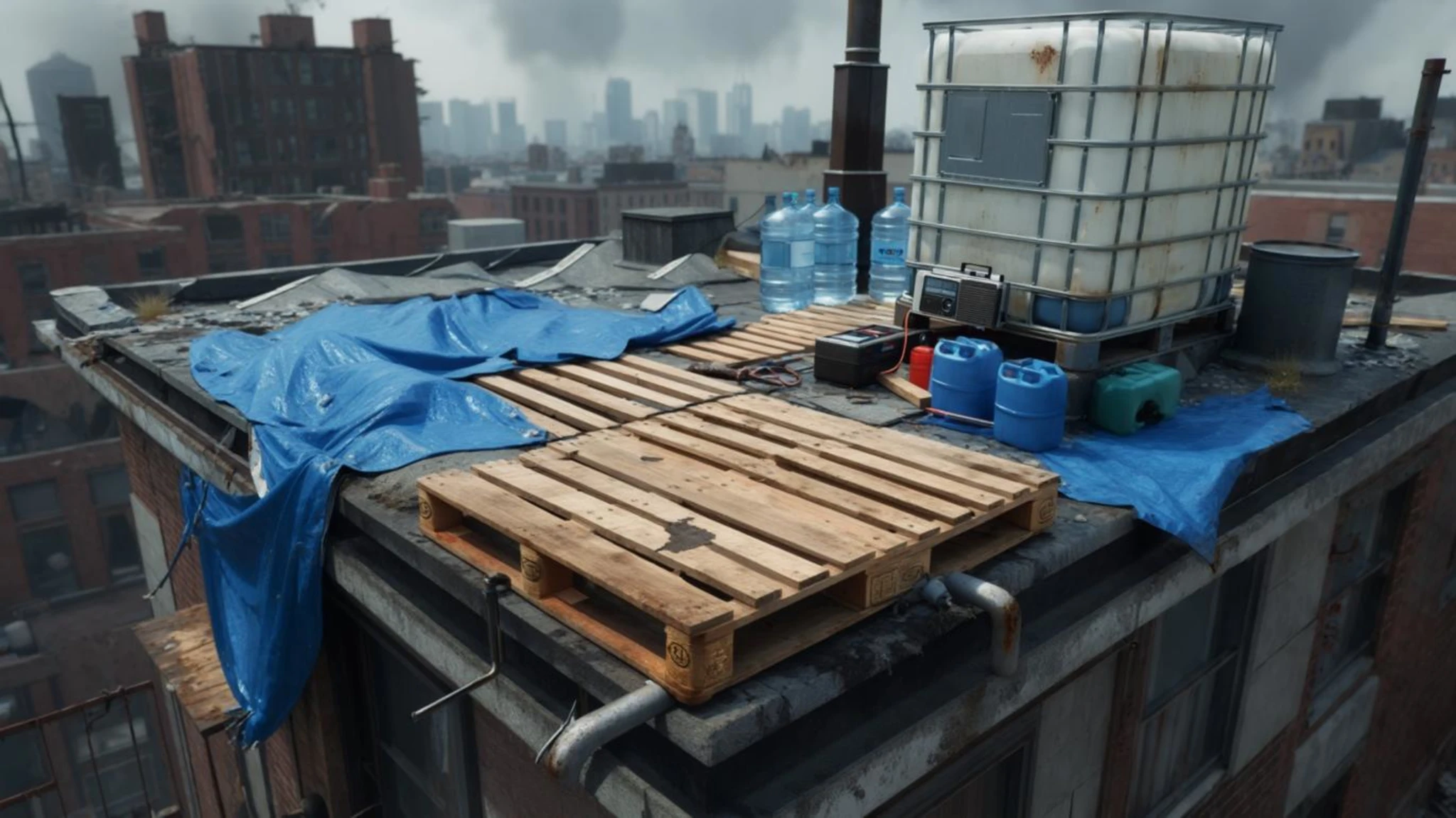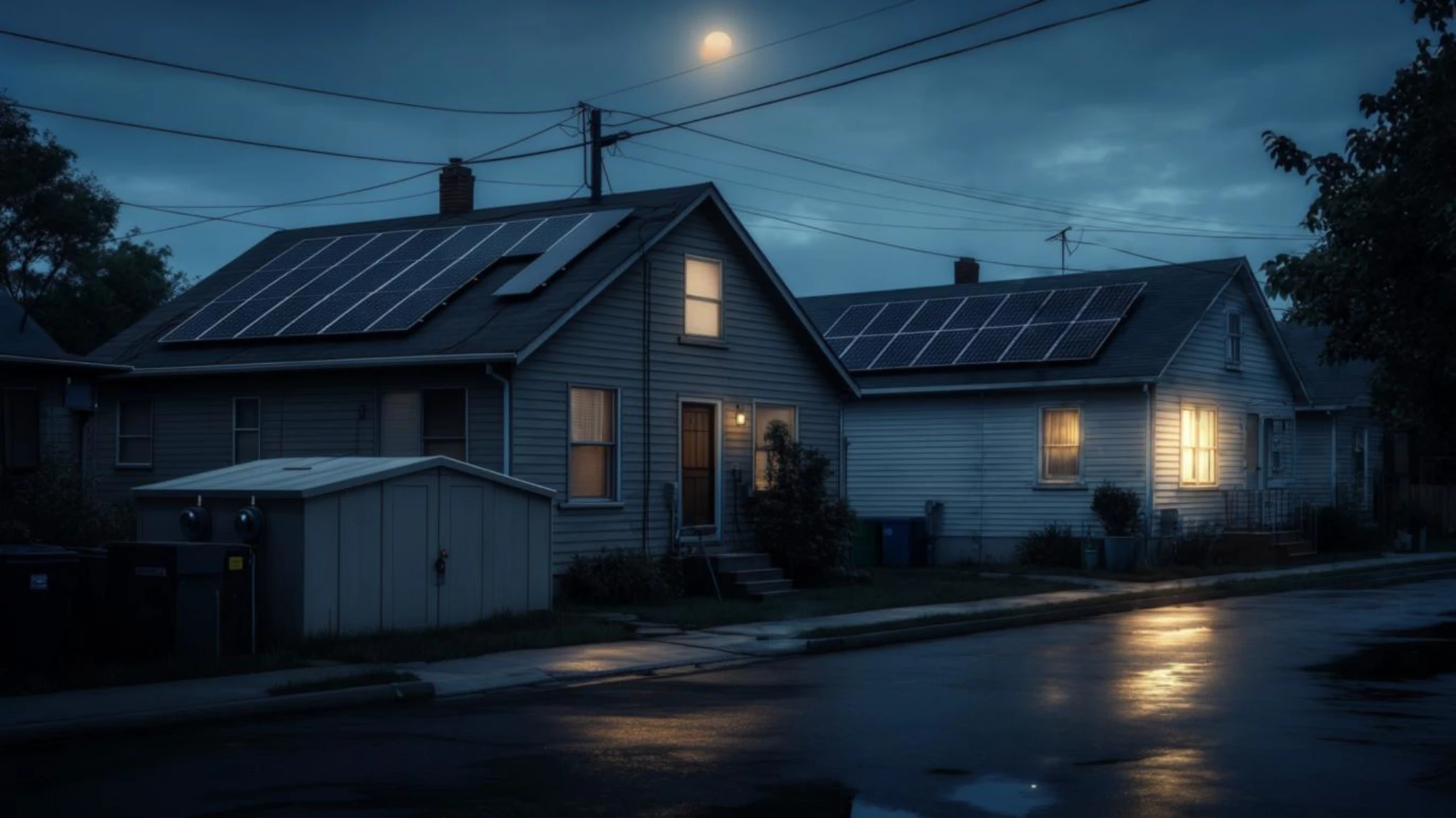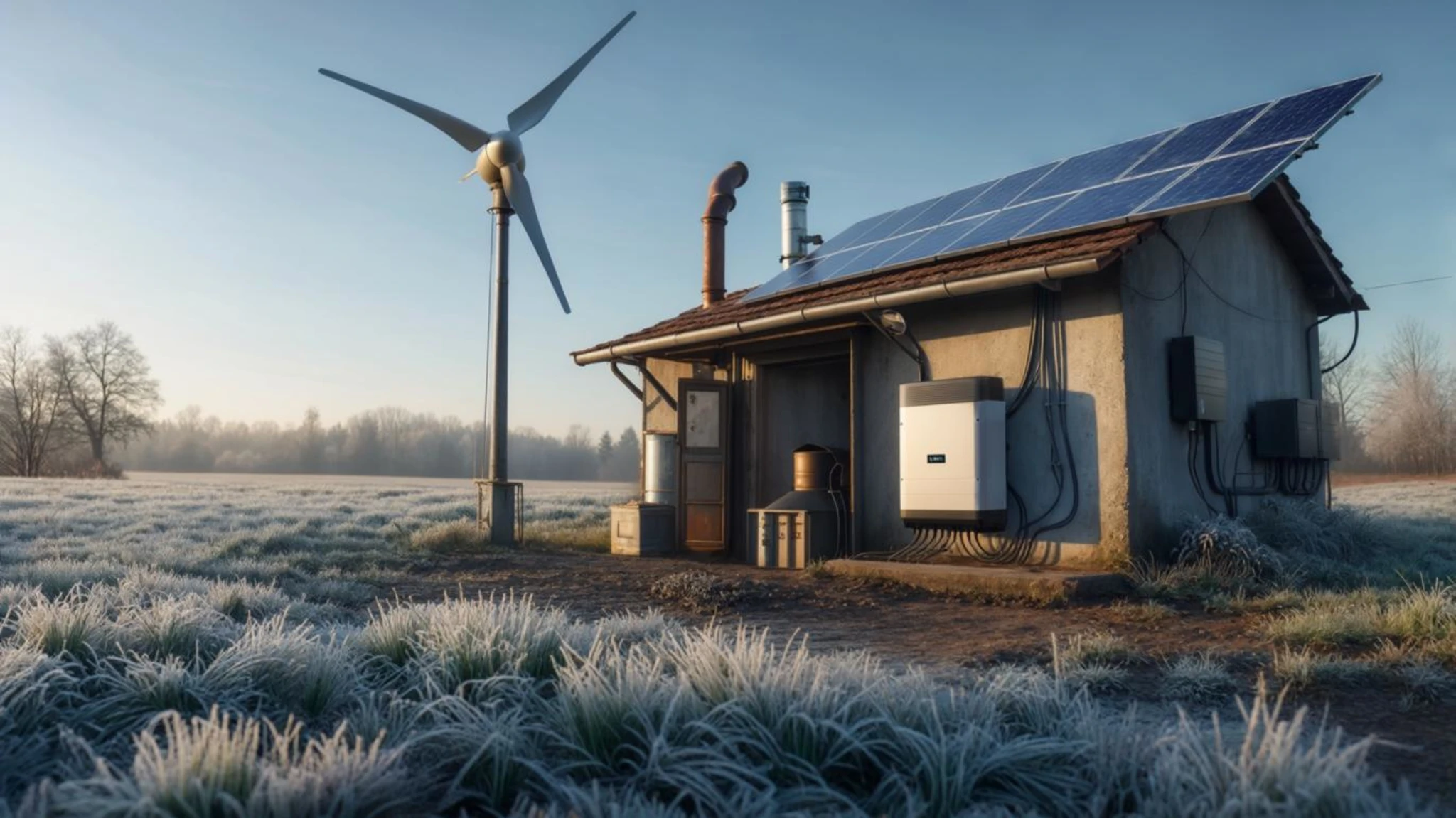A nuclear war is one of the most terrifying and devastating scenarios imaginable. In mere moments, entire cities could be reduced to rubble, radiation could poison the land, and society as we know it would collapse. Unlike other disasters, nuclear war leaves little room for error—your ability to prepare and react quickly will determine whether you live or die. The key to survival isn’t just luck; it’s knowledge, planning, and the ability to stay calm under extreme pressure.
Surviving a nuclear war requires action before, during, and after the blast. Before the attack, preparation is everything. Stockpiling food, water, and medical supplies, as well as having a well-constructed fallout shelter, can significantly increase your chances of surviving. During the attack, immediate steps such as seeking cover and minimizing exposure to radiation are critical. After the blast, the real challenge begins—navigating a world devastated by nuclear fallout, avoiding radiation poisoning, and rebuilding your life in a post-apocalyptic landscape.
Before the Blast: Preparing for the Worst
Nuclear war is not survivable if you are directly at ground zero, but most people will not be in the direct blast zone. Those outside the immediate impact area will have a chance—if they are prepared. The first step in nuclear war survival is to understand the threats. In the event of a large-scale conflict, major cities, military bases, and key infrastructure are the most likely targets. If you live in or near one of these high-risk areas, having an evacuation plan in place is essential. However, nuclear missiles travel fast, often giving little to no warning. Evacuating at the last moment is nearly impossible, so having a shelter and supplies ready before an attack is crucial.
Building a fallout shelter is one of the best ways to protect yourself from both the blast and radiation. A proper shelter should be underground or in a basement with thick walls to absorb radiation. Earth, concrete, and lead are the best materials for blocking radioactive particles. If you don’t have access to a dedicated shelter, reinforcing a room in your home with as much mass as possible—such as sandbags, books, and furniture—can provide some protection.
Stockpiling supplies is equally important. You will need at least two weeks' worth of food and water, as radiation levels will be dangerously high in the immediate aftermath. Water should be stored in sealed containers, as radioactive fallout can contaminate open sources. Food should be non-perishable, such as canned goods, freeze-dried meals, and energy bars. In addition to food and water, you’ll need a reliable Geiger counter to measure radiation levels, potassium iodide tablets to protect your thyroid from radioactive iodine, first aid kits, and personal protective equipment such as masks and plastic sheeting to seal off living areas.
During the Attack: Taking Immediate Action
When the first signs of an attack appear—such as emergency broadcasts, missile warnings, or a bright flash in the distance—you have seconds to react. If you are outdoors and see a flash, do not look at it. The thermal radiation from a nuclear explosion can cause instant blindness and severe burns. Immediately drop to the ground, cover your head, and seek shelter. The initial blast wave will arrive within seconds to minutes, depending on how far you are from ground zero. Strong winds, flying debris, and firestorms will follow. If you are inside, stay away from windows, as the blast can shatter glass and cause lethal injuries.
Finding adequate shelter is the highest priority. If you are near a basement, go there immediately. If no underground shelter is available, find an interior room on the lowest floor, as far from windows as possible. Close all doors and seal any cracks with duct tape, wet towels, or plastic sheets to prevent radioactive dust from entering. The first hour after an explosion is the most critical, as fallout will begin settling rapidly. Staying indoors during this time significantly reduces exposure to radiation.
If you are caught outside with no shelter, find any available cover—such as a concrete building, a subway station, or even a deep ditch. Avoid staying in vehicles, as they provide little protection from radiation. After the initial shockwave, move to a better shelter as soon as it is safe to do so, but never run into the open immediately after a blast—fallout can be deadly within minutes.
Aftermath: Surviving the Fallout and Long-Term Effects
Surviving the initial blast is only the beginning. The true test comes in the following days and weeks, as radiation spreads, resources dwindle, and social order collapses. Fallout consists of radioactive dust and debris lifted into the atmosphere by the explosion. It begins falling back to the ground within minutes and remains highly dangerous for days to weeks. The most lethal radiation exposure occurs in the first 48 hours, so staying inside your shelter for at least two weeks is critical.
Radiation sickness is a major threat. Symptoms include nausea, vomiting, dizziness, and burns. If you suspect exposure, remove contaminated clothing, wash thoroughly with clean water, and avoid consuming any food or water that might be tainted. Potassium iodide tablets can help protect your thyroid from radioactive iodine, but they do not prevent other forms of radiation poisoning.
Water sources will likely be contaminated. Never drink from rivers, lakes, or open containers unless they have been filtered and purified. If running water is still available, fill as many containers as possible before the supply is cut off. Rainwater collected after the first few days may be safer, but always test it with a radiation detector before drinking.
Food shortages will be a long-term problem. Grocery stores will be looted within hours, and supply chains will break down. If you have stored food, ration it carefully. Hunting, fishing, and foraging will eventually be necessary, but caution must be taken to avoid consuming contaminated plants and animals.
Beyond survival, rebuilding will take years. Cities will be uninhabitable for long periods due to radiation, lawlessness will be widespread, and access to medical care will be nonexistent. In a post-nuclear world, survival groups and small communities will have the best chances of long-term sustainability. Rebuilding agriculture, purifying water, and re-establishing some form of order will be key to humanity’s survival.
The Harsh Reality of Nuclear Survival
Nuclear war is one of the deadliest threats humanity faces, and surviving it is no easy task. It requires careful planning, quick decision-making, and the ability to endure in a post-apocalyptic environment where resources are scarce and dangers are everywhere. While the chances of global nuclear conflict may seem low, history has shown that tensions between nations can escalate unexpectedly.
Preparation is not paranoia—it’s insurance against the worst-case scenario. The people who survive a nuclear war will not be the strongest or the fastest, but those who are the most prepared and adaptable. If you take action now—learning survival skills, gathering essential supplies, and planning for the unthinkable—you stand a much better chance of making it through.
When the world as we know it ends, the survivors will be those who took survival seriously. Will you be one of them?



